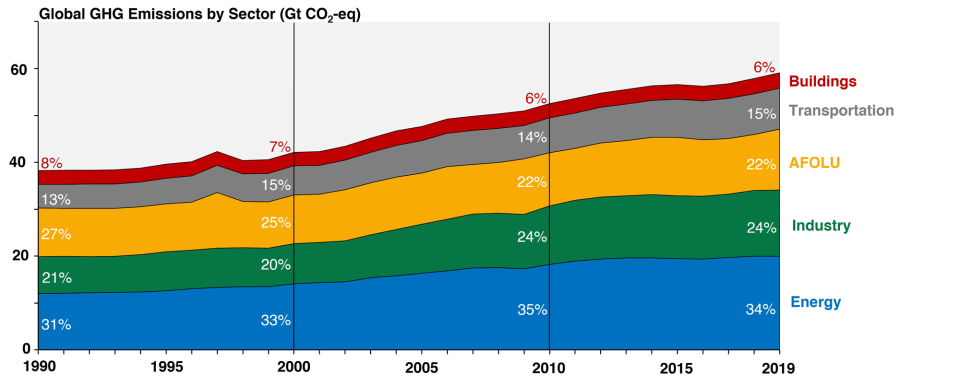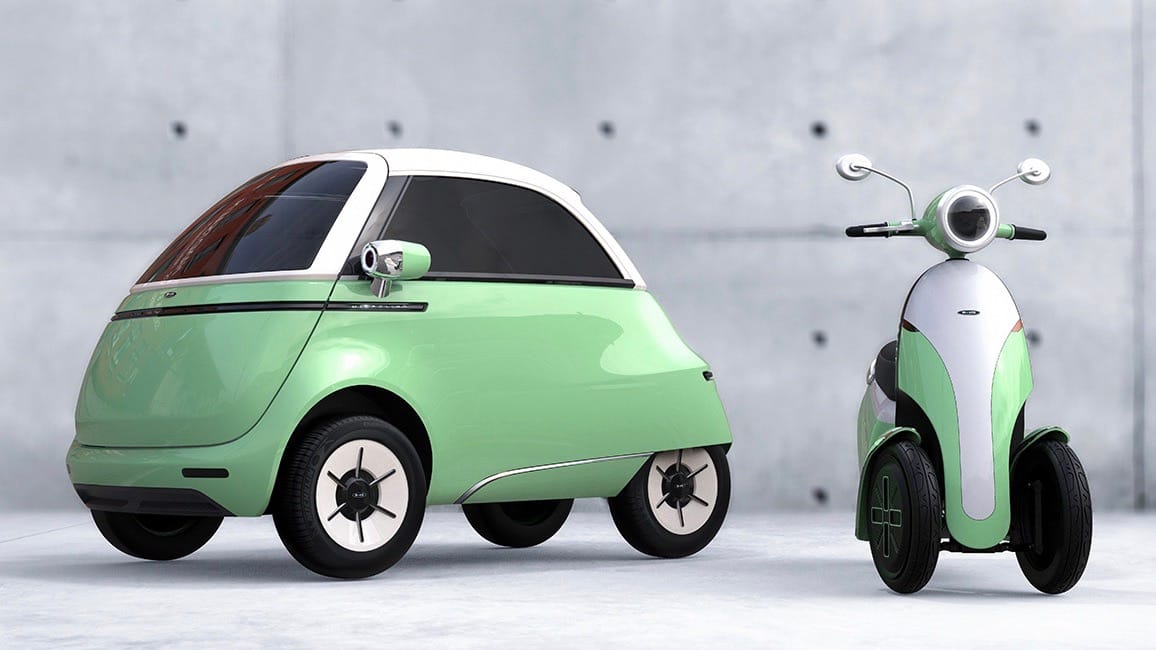Ethiopia is making a bold leap into the future of transportation by phasing out internal combustion engine (ICE) vehicles and transitioning to electric vehicles (EVs). This move is not only a significant step towards reducing the country's carbon footprint but also a strategic decision to curb the hefty $6 billion annual fossil fuel import bill.
Ethiopia’s EV Transition
The Ethiopian government has announced that no automobiles will be allowed into the country unless they are electric, setting a precedent for other nations to follow. The transition to EVs is part of Ethiopia's broader strategy to promote sustainable development and environmental conservation. The country has already made remarkable progress, with over 100,000 electric vehicles on its roads, just two years into its ten-year plan. This rapid adoption rate has prompted the government to revise its target, aiming for nearly 500,000 EVs within the decade. This is a significant achievement, considering Ethiopia's total vehicle registration is around 1.2 million, most of which are over 20 years old.
According to The United States Environmental Protection Agency report in 2019, almost all (95%) of the world's transportation energy comes from petroleum-based fuels, largely gasoline and diesel, and that accounts to 15% of the world's emissions.

Energy Infrastructure and EV Charging
Ethiopia's investment in its energy infrastructure, particularly the Grand Ethiopian Renaissance Dam (GERD), is set to bolster the country's electricity supply, making EV charging more accessible and affordable. With electricity prices as low as under 1¢ USD per kWh, the shift to electric mobility is not only environmentally friendly but also economically advantageous for the citizens.
Micromobility and Mini Cars
However, the transition to EVs is just one part of the puzzle. To truly revolutionize urban mobility, Ethiopia is also focusing on micromobility and mini cars. Micromobility refers to the use of small, often electric vehicles such as bikes, scooters, and mini cars for short-distance travel. These modes of transport can significantly reduce traffic congestion, lower emissions, and improve urban livability. Studies suggest that a significant share of daily car trips can be replaced by micromobility, leading to considerable environmental gains.

The emphasis on micromobility is crucial for cities like Addis Ababa, where the urban landscape can benefit immensely from the reduced space and energy requirements of these smaller vehicles. Mini cars, in particular, can serve as an efficient alternative for individual transport, complementing the public transport system and filling the gaps in the city's mobility network. For example, the European brand Microlino is producing mini cars that have double the efficiency of a Tesla Model 3, while having half the footprint. The car only takes up only 1/3 of the parking space of a regular vehicle as well. Chinese car manufacturers are also leading in making minicars as cheap as $4,500.



Micro & mini EVs from Citroën, Microlino and Wuling
Conclusion
Ethiopia’s commitment to sustainable development is evident in its approach to urban mobility. However, addressing decades-long transportation challenges that continue to plague the capital city remains a priority. Old, inefficient vehicles, a failing railway and bad infrastructure pose urgent problems, but proactive measures to facilitate the EV transition are also essential.
If the country successfully phases out ICE vehicles and promotes EVs and micromobility, the country will not only be addressing its economic challenges but will also set a benchmark for green transport in Africa and beyond.
More reading on:
: Electrek
: Planetizen
: moveelectric












Member discussion